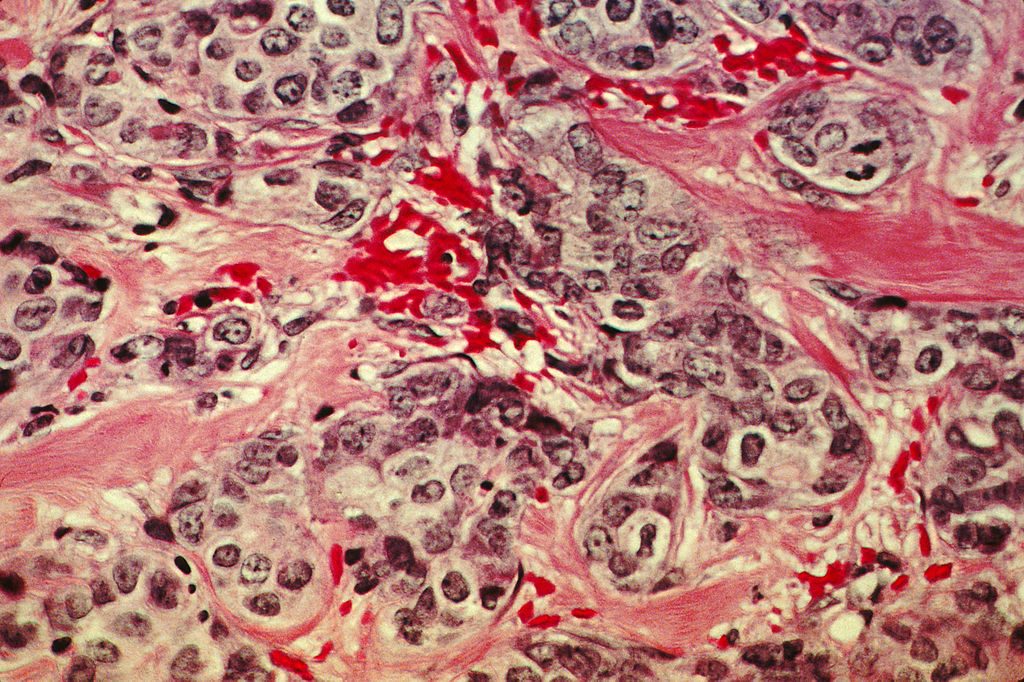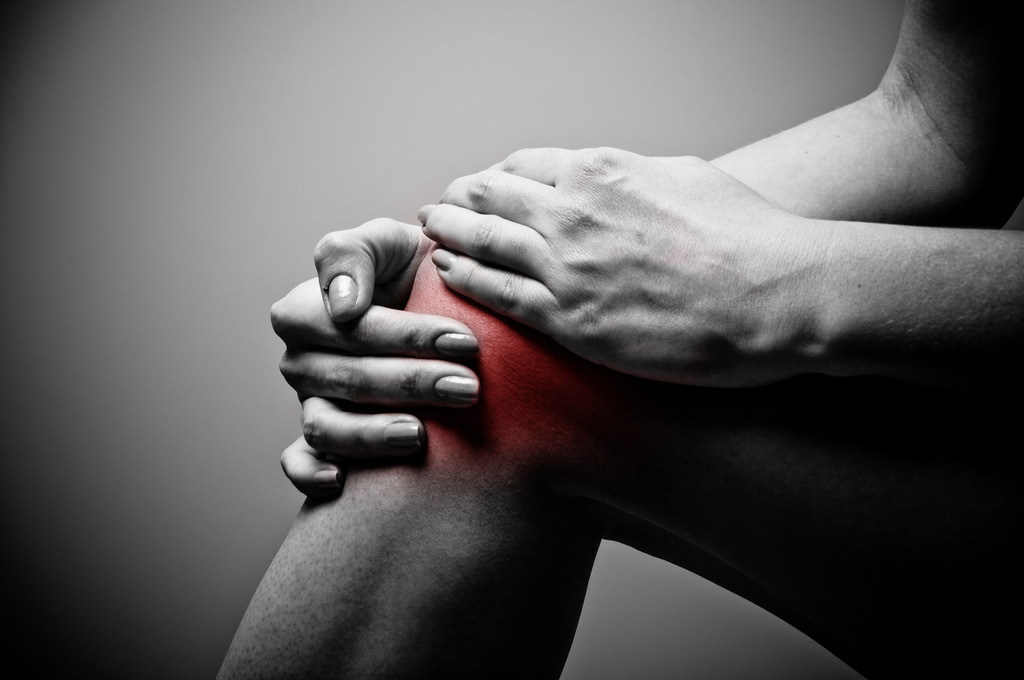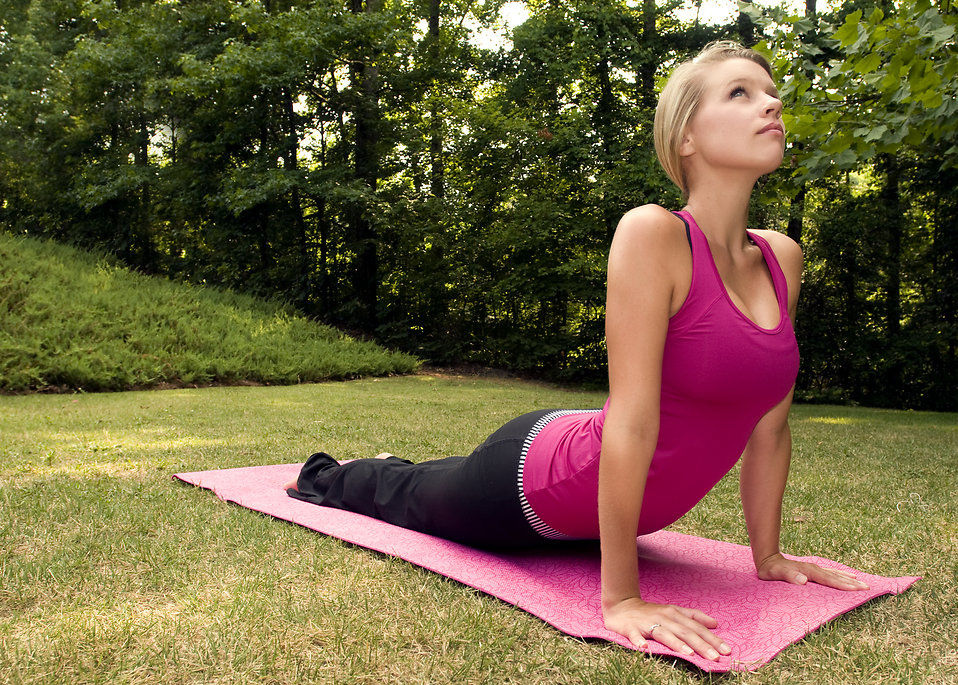Massage induces an increase in muscle stem cell number
We need to have an understanding of the physiological mechanisms of massage. It is also important to establish how massage affects not only injured muscle but healthy skeletal muscle at all ages.
Recent research indicates that massage post-exercise can limit the inflammatory effects of exercise by attenuating the pro‐inflammatory cascade. Massage has an immunomodulatory effect and can induce a cellular response. However prolonged compression of muscles can cause injury and damage to muscle fibers. Therefore, there should be a balance between the positive effects of massage and the possible mechanical damage and injury. Furthermore, skeletal muscle of aged individuals displays increased stiffness, and therefore, the response to massage is likely different compared with the young.
Researchers from University of Kentucky hypothesized that the aged skeletal muscle exhibits a different cellular response to massage compared with young skeletal muscle. They investigated massage effect on satellite cells. Satellite cells which occur in stem cells of muscle reside between the basal lamina and cell membrane of muscle cells or fibers. Satellite cells remain mostly inactive in adult muscle but become activated during injury to the muscle. Once activated, satellite cells divide and aid in the recovery of the injured muscle cells to repair damaged muscle.
The study determines if a dose of massage which is immunomodulatory in healthy, young muscle, will induce sarcolemma injury and satellite cell number increase in young and aged skeletal muscle.
The research was conducted using male Brown Norway/F344 rats, 10 and 30 months of age. they were each divided into control, non-massaged (n = 8) and massaged (n = 8) groups. The right gastrocnemius muscle received one bout of cyclic compressive loading for 30 min at a force of 4.5 N mimicking a massage. Following 24 hours after massage, the muscles were dissected. Measurements include alterations in sarcolemma permeability which were measured by the level of intracellular IgG within the muscle fibers. Immunohistochemistry was performed to determine IgG inside fibers and Pax7+ cell number as an indicator of stem cell abundance.
Results show that average IgG intensity was not different between control and massaged animals at either age. However, massaged animals had slightly increased fibers with higher IgG intensity than the control for younger muscles. Also, Pax7+ cell number was significantly elevated in massaged muscles compared with control at both ages.
The authors concluded that one bout of massage did not induce overt muscle injury, but facilitated membrane permeability, which was associated with an increase in satellite cell number. Massage increases muscle stem cell number which may contribute to aid in repair of injured muscle via muscle remodeling.



